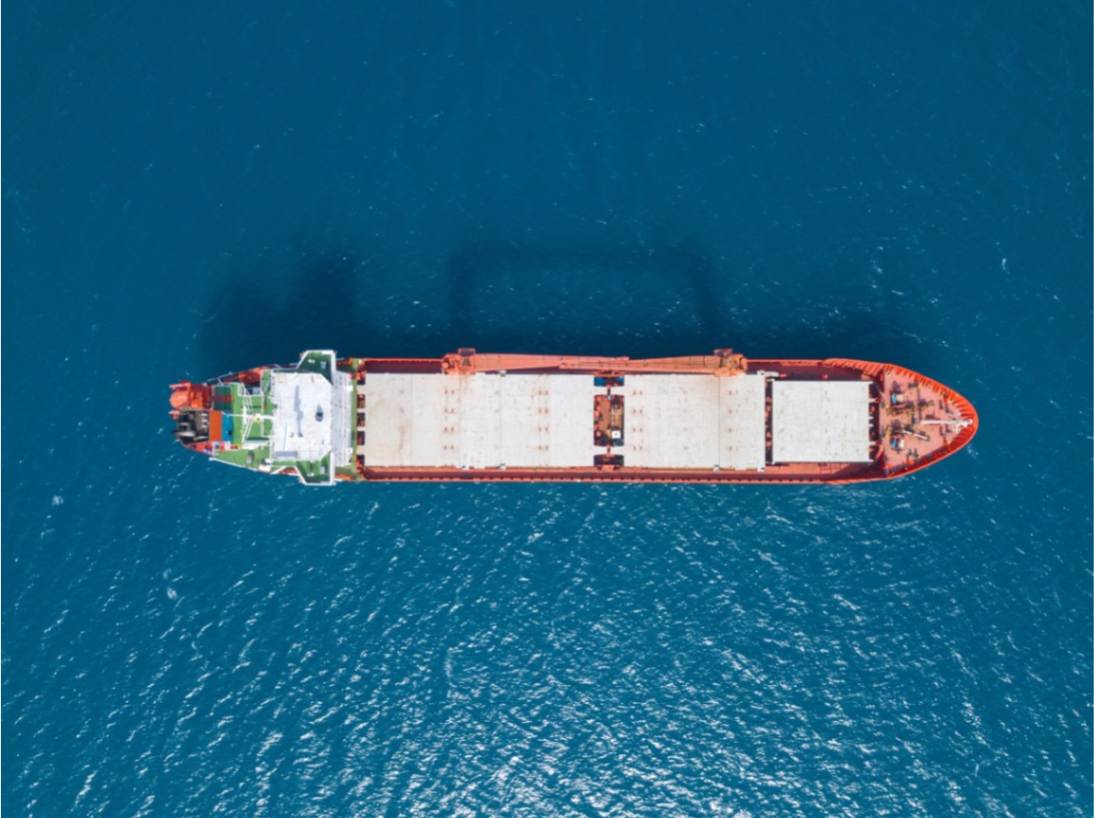
Survey results: supply chain resilience in industrial companies transporting raw materials by sea
Posted
Oct 4, 2023
In this survey, respondents were asked to evaluate their supply chain resilience. From risk management and flexibility to technology adoption, we share the key metrics that seem to define today’s supply chain, reported by industrial companies with seaborne supply chains. This article aims to share insights whether you're a seasoned leader or new to the game.
Visibility alone does not correlate with higher levels of supply chain maturity
Surprisingly, the data shows that having "Excellent" visibility does not necessarily correlate with higher levels of supply chain maturity. While visibility is a cornerstone for effective management, the findings suggest that it’s not the only component. Many companies still report "Fair" visibility with room for improvement. This points to an opportunity for adopting technologies that provide real-time tracking and analytics, improving decision-making and responsiveness.
Review and update: frequency matters, but it’s not everything
One might assume that the more frequently a company reviews and updates its supply chain strategy, the better its overall performance. However, the data does not completely support this hypothesis. While companies that update their strategies "Regularly (every 6 months or less)" or "Occasionally (once a year)" show some level of attentiveness, this alone is not a marker of maturity or effectiveness. This underscores the importance of how the strategy is updated rather than just how often.
The complexity of risk management
Risk management strategies ranged from "Minimal or no risk management strategies" to "Comprehensive risk management," yet the capability to handle disruptions did not always align with the level of preparedness. This indicates a gap between planning and execution and suggests that merely identifying and assessing risks is not sufficient. Companies must invest in mitigation and contingency plans that are executable, realistic, and routinely tested.
The myth of flexibility
The notion that a flexible supply chain is always better was debunked by the survey data. While it's true that flexibility can help a company adapt to market changes, it is not a guarantee for better disruption management. Some organizations that rated themselves as "Very Flexible" were still not well-prepared for disruptions. The lesson here is that flexibility should be one part of a broader strategy that includes robust contingency planning.
Technology: A double-edged sword
The use of advanced technologies like analytics, IoT, and AI varied among respondents. Interestingly, even companies that extensively use advanced technologies do not always handle disruptions well. This suggests that technology should be thoughtfully integrated into the supply chain strategy, ensuring it complements rather than complicates existing processes.
Handling disruptions: The achilles’ heel
Regardless of how mature or technologically advanced a company's supply chain is, disruptions are inevitable. The data revealed that even companies with "Comprehensive risk management strategies" and advanced technology adoption didn't always excel at handling disruptions. This highlights the importance of creating a dedicated team and running regular simulations to prepare for unforeseen events.
The survey data shows that supply chain management remains a complex, multifaceted discipline. While companies may excel in one area, they may simultaneously exhibit weaknesses in others. The key takeaway for industrial companies is to adopt a holistic approach to supply chain management, integrating technology, flexibility, and robust risk management into a cohesive strategy.
Armed with these insights, the time for introspection and recalibration is now. Don't let your supply chain be the weakest link in your competitive strategy. Reach out to our experts for a comprehensive supply chain assessment. Because in a world of complexity and uncertainty, the difference between thriving and barely surviving is how well your supply chain is engineered for both



